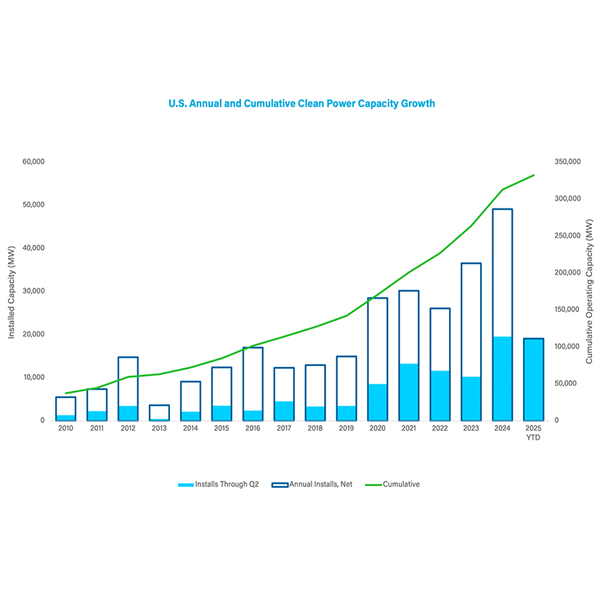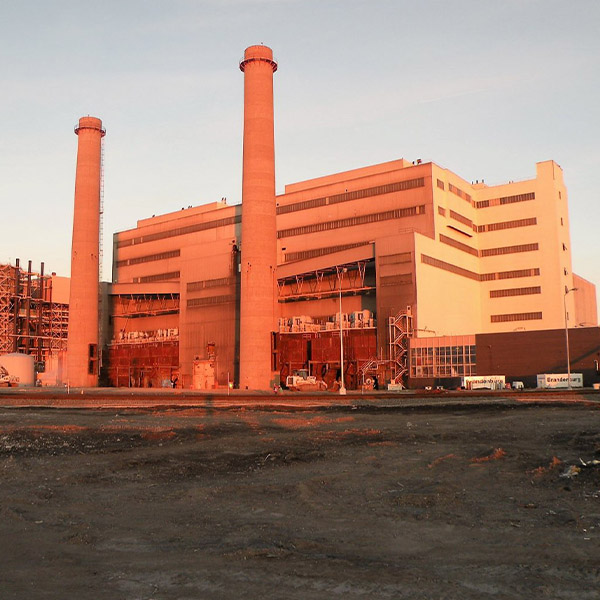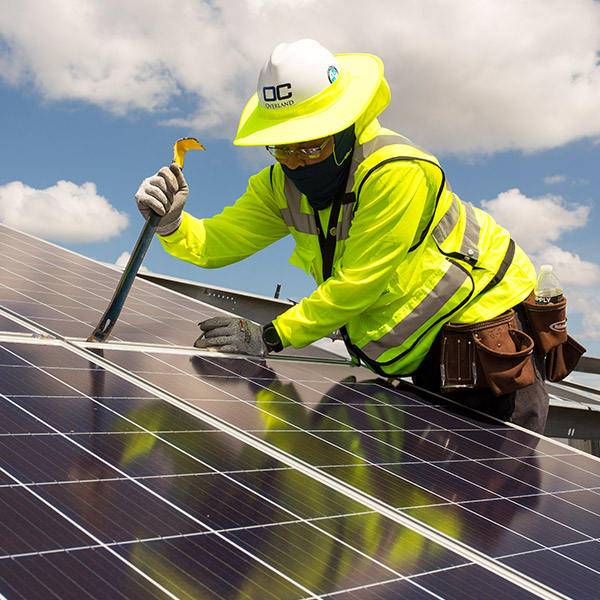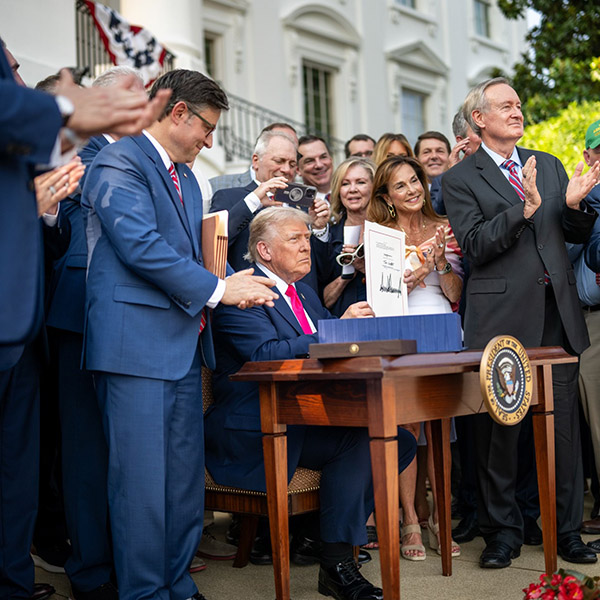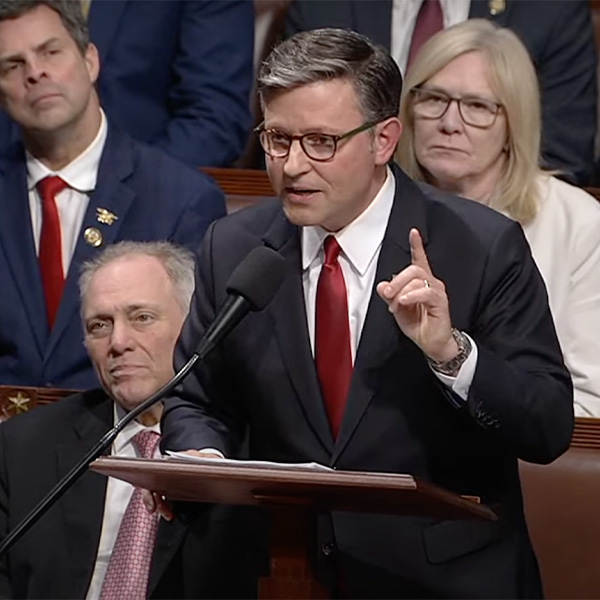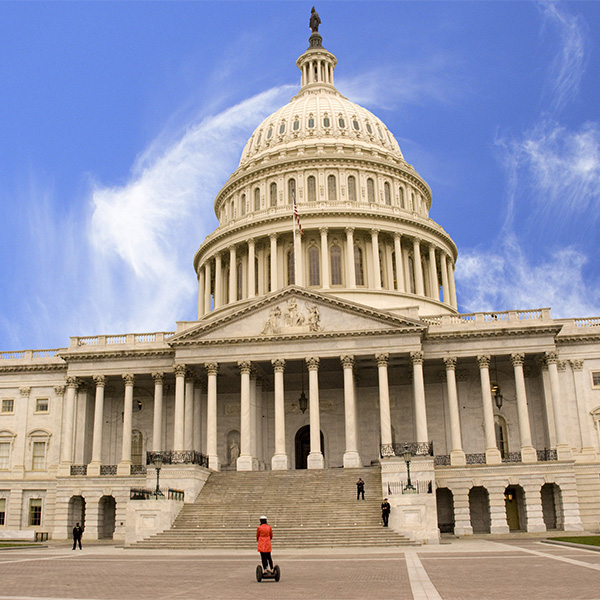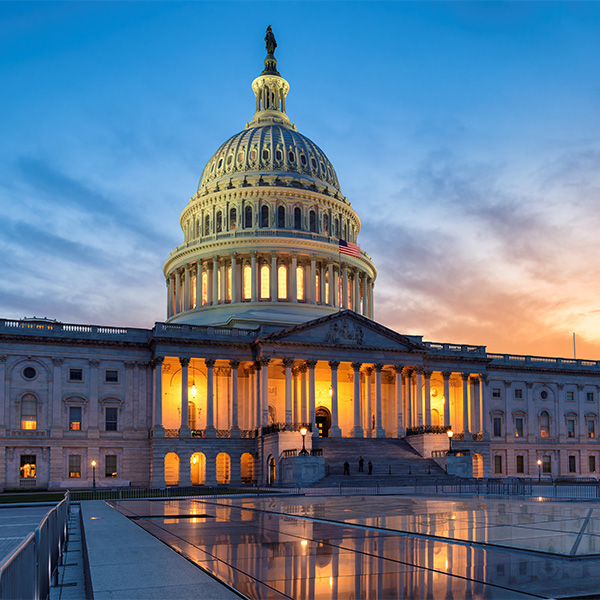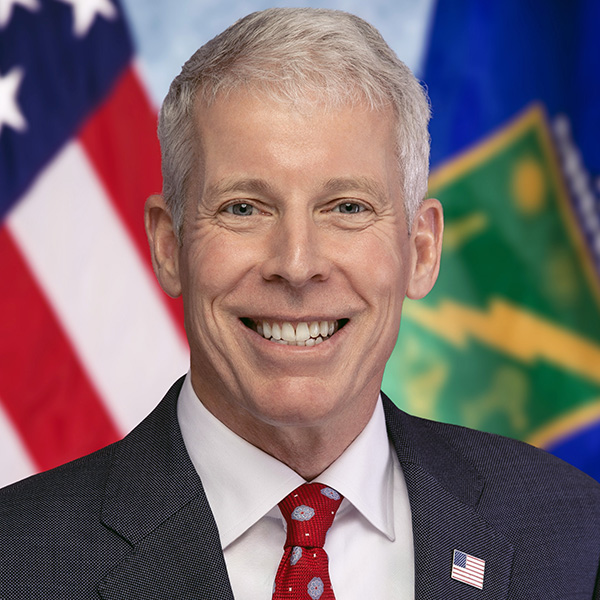Congress
ACP reported a drop in the pipeline of new projects as federal policies shifted this year, but installations have yet to be impacted by those changes.
Three clean energy trade groups asked DOE to reconsider its recent report on resource adequacy, which they contend uses a deterministic approach to stake out a position for not retiring any more power plants in the face of rising electricity demand.
Duke Energy reported earnings of $1.25/share for the second quarter, and its CEO told analysts the company also came out ahead with state and federal legislation.
Announced cancellations, closures and cutbacks in new manufacturing and clean energy projects in the first half of 2025 were valued at $22.1 billion by the business policy group E2.
NextEra Energy continues to present renewables as a bridge to the grid of future and fashions itself as an "all-of-the-above company" in an optimal position to build that bridge.
How deeply the One Big Beautiful Bill Act will impact clean energy still is being determined.
The House of Representatives voted to pass the Senate version of its budget reconciliation package, the One Big Beautiful Bill Act.
The U.S. Senate met through the weekend and overnight June 30 to work on Republicans’ budget reconciliation bill, passing it 51-50 with Vice President JD Vance casting the tiebreaking vote.
Senators working through the weekend on Trump's “One Big Beautiful Bill” delivered renewable energy supporters an unexpected and unpleasant surprise in the form of proposed taxes that likely would stymie completion of projects already in the works.
Senators asked Energy Secretary Chris Wright about project spending his department has put under review or already cut when he testified about the Trump administration’s 2026 budget request.
Want more? Advanced Search
